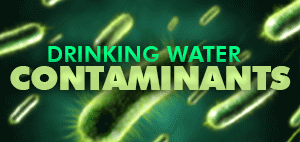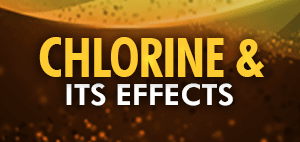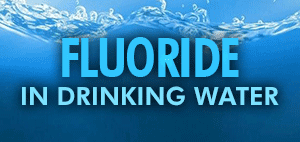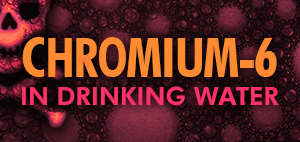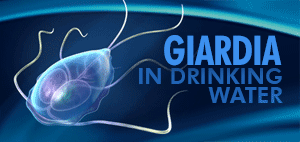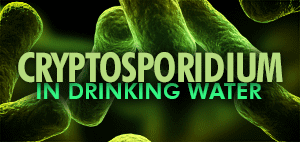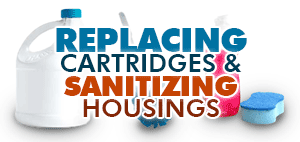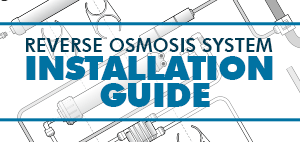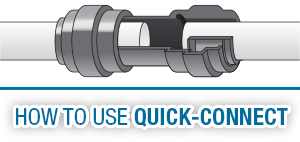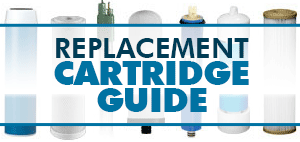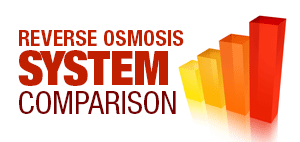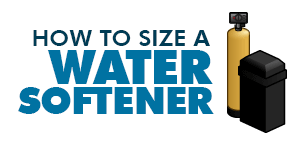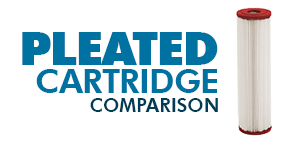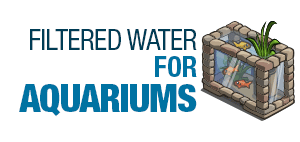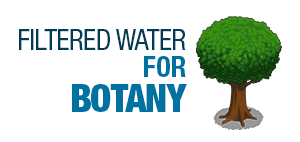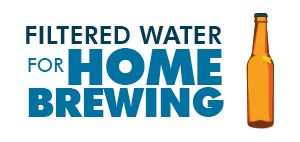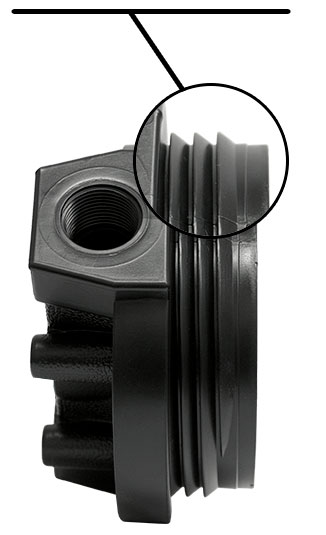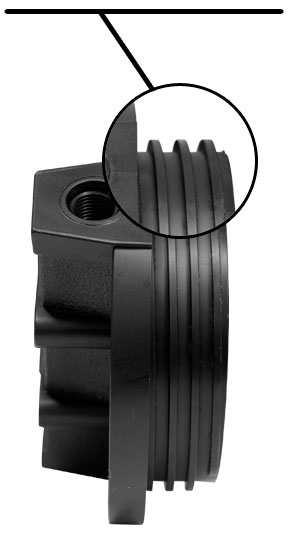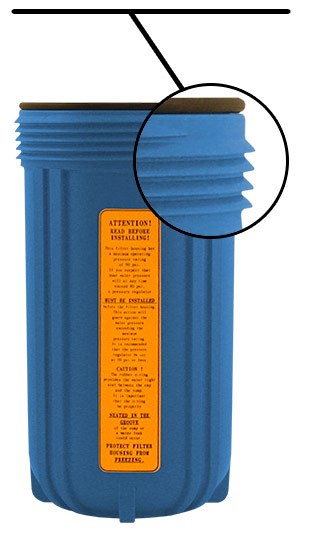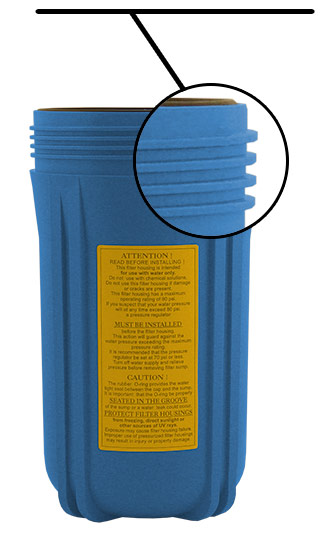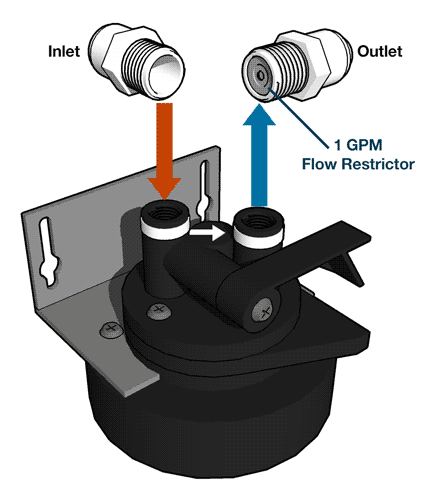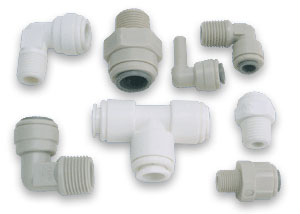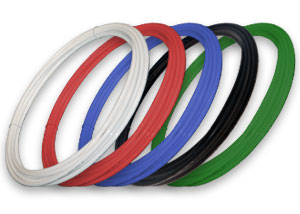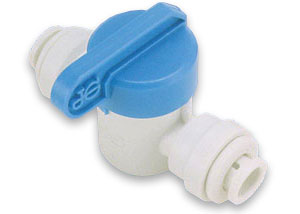What is Tetrachloroethylene?
Tetrachloroethylene, also known as tetrachloroethene, or perchloroethylene (“perc” or “PERC”) is a chlorocarbon often used in the dry cleaning process and is sometimes referred to as a “dry-cleaning fluid”. Tetrachloroethylene is also used on organic materials as a solvent, degreaser for automotive parts, and used in some spot removers and paint strippers.
Is There Tetrachloroethylene in My Water?
Tetrachloroethylene enters water supplies from dry cleaners and factories discharging waste.
From EPA.gov
A federal law called the Emergency Planning and Community Right to Know Act (EPCRA) requires facilities in certain industries, which manufacture, process, or use significant amounts of toxic chemicals, to report annually on their releases of these chemicals. For more information on the uses and releases of chemicals in your state, contact the Community Right-to-Know Hotline: (800) 424-9346.
How to Remove Tetrachloroethylene from Your Drinking Water?
Tetrachloroethylene can be removed by using filter cartridges containing GAC (granular activated carbon).
Granular Activated Carbon Cartridges
From EPA.gov
NSF/ANSI Standard 58: Reverse Osmosis Drinking Water Treatment Systems
The following treatment method(s) have proven to be effective for removing tetrachloroethylene to below 0.005 mg/L or 5 ppb: granular activated carbon in combination with packed tower aeration.
Sources of Information on Tetrachloroethylene
- EPA – Tetrachloroethylene in Drinking Water
- Wikipedia – Tetrachloroethylene
- CDC – Tetrachloroethylene
The foregoing information was compiled from the the links listed above.






